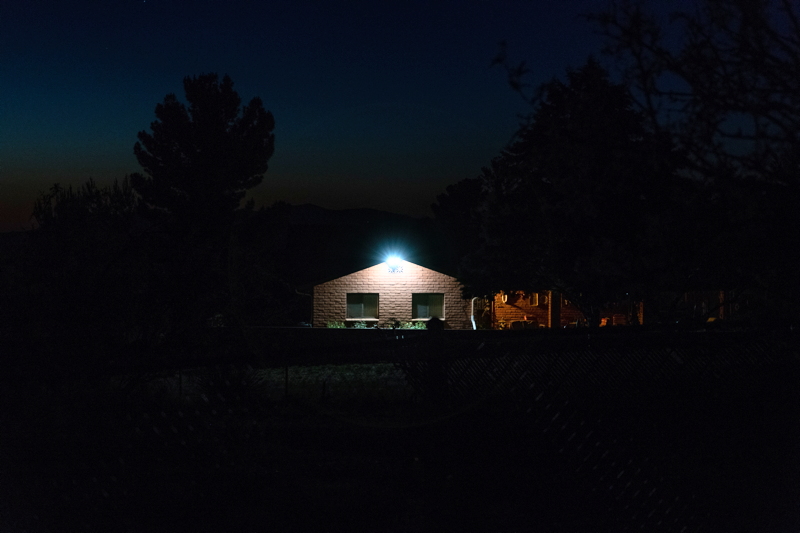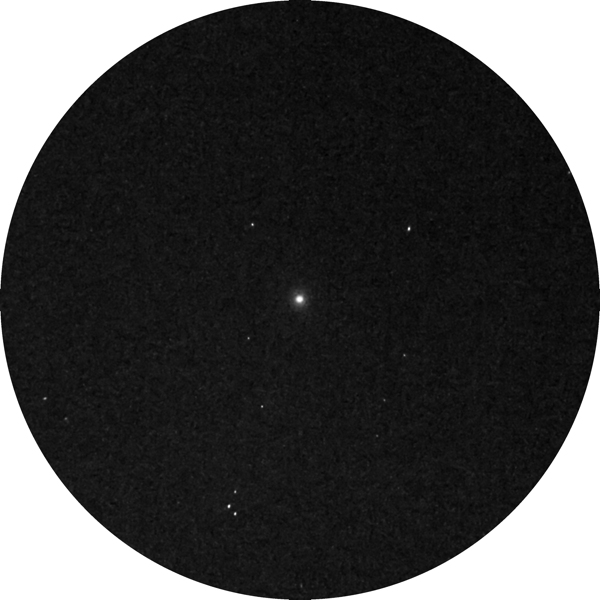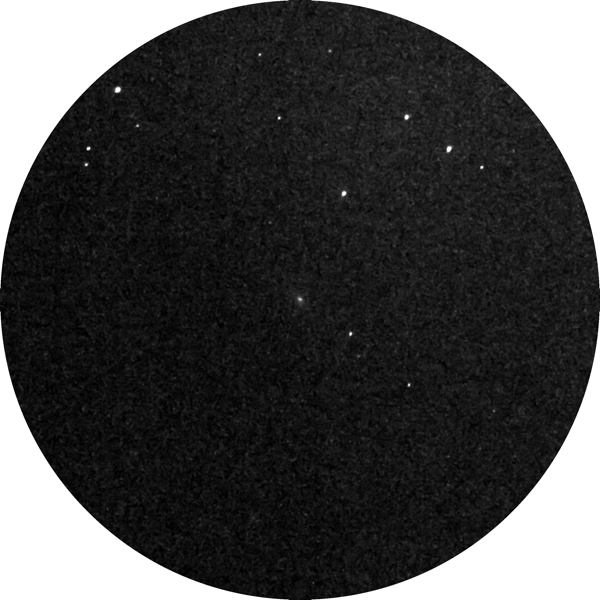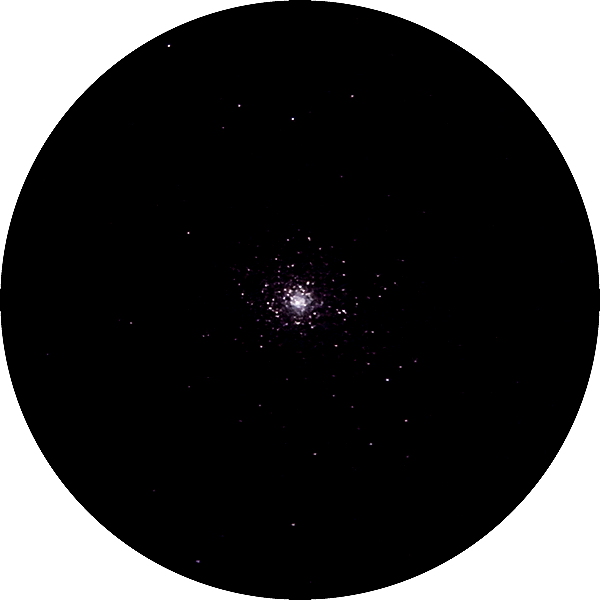Venus in Western Sky;
iPhone Messier Catalog Astrophotography
Posted: 4 May 2018
The cloudy and windy weather pattern continued Monday, 30 April 2018, through Wednesday, 2 May. Had 0.17" rain overnight Tuesday-Wednesday, 1-2 May.
After about two weeks, Vello shipped me a replacement ShutterBoss III Wireless Remote for my Nikon D850 DSLR. My original ShutterBoss III receiver had developed a problem that would randomly trigger the D850 to take photos, and so I returned it Vello under warranty in mid-April. Initial tests of the replacement were good, with no random triggering.
|
Open: Thursday, 3 May 2018, 1833 MST Temperature: 84°F |
Session: 1223 Conditions: Clear |
Equipment Used:
12" f/8 LX600 w/StarLock
2" 24mm UWA eyepiece
1.25" 15mm eyepiece
2" 30mm eyepiece
2" 9mm 100° eyepiece
Camera:
D850 DSLR
iPhone 8 Plus
After opening the observatory for the first time in over two weeks (due to lousy weather) I SYNCed the observatory to WWV.
1847 MST: LX600 ON, StarLock OFF, High Precision OFF.
Viewed the planet Venus, 102X, 163X, and 81X. Slight gibbous phase was visible.
I then did position checks for some objects I planned to photograph after dark.
I then heard what I thought was several helicopters approaching. I looked out of the observatory and saw a flight of four Ospreys flying over at a rather high altitude. I managed to get a photo of them:

Click or tap on image for larger version
1904 MST: Venus was visible to the naked eye. 1910 MST: sunset.
1935 MST: SYNCed the AutoStar on the star Spica and then slewed to M68 (globular cluster), which would be my first imaging target. It was not yet visible due to the sky brightness.
I then left the observatory to photograph the bright (and perhaps county code violating) neighbor lights that were recently installed:


While I was outside of the observatory I took these handheld D850 DSLR photos of the western sky. The top photo shows Venus (above center), the Hyades and the star Aldebaran (at left), and the Pleiades (lower right corner). There is also a jet and contrail near Venus. The bottom photo shows a wider angle view with Sirius (at left), Orion near center, and Aldebaran and Venus (right).


2007 MST: M68 (globular cluster) was now visible, 81X. It was a nice view at 163X.
2020 MST: I mounted the iPhone 8 Plus on telescope using the Levenhuk Smartphone Adapter. 2023 MST: StarLock ON. The following Messier Catalog objects were imaged using the iOS app NightCap Camera (Long Exposure, Light Boost, ISO 8448, 1/3sec, 1 minute exposure) and were StarLock autoguided. M5 was taken at ISO 3200.
M68 (globular cluster), afocal 163X

M90 (galaxy), afocal 81X

M91 (galaxy), afocal 81X

M94 (galaxy), afocal 81X

M104 (Sombrero Galaxy), afocal 81X

M5 (globular cluster), afocal 81X

2108 MST: StarLock OFF. Ended iPhone imaging. I plan to do more Messier Catalog imaging on the next session for my Messier Catalog iPhone Astrophotography album.
Viewed M5 (globular cluster), 102X.
Then viewed the planet Jupiter, 102X. It was too low for good viewing but three Moons were visible.
The last object viewed this night was M104 (Sombrero Galaxy), 102X and 271X.
2132 MST: LX600 OFF.
|
Close: Thursday, 3 May 2018, 2142 MST Temperature: 58°F |
Session Length: 3h 09m Conditions: Clear |
Comments are welcome using Email. Twitter users can use the button below to tweet this report to their followers. Thanks.
Cassiopeia Observatory Home Page
Copyright ©2018 Michael L. Weasner / mweasner@me.com
URL = http://www.weasner.com/co/Reports/2018/05/04/index.html
